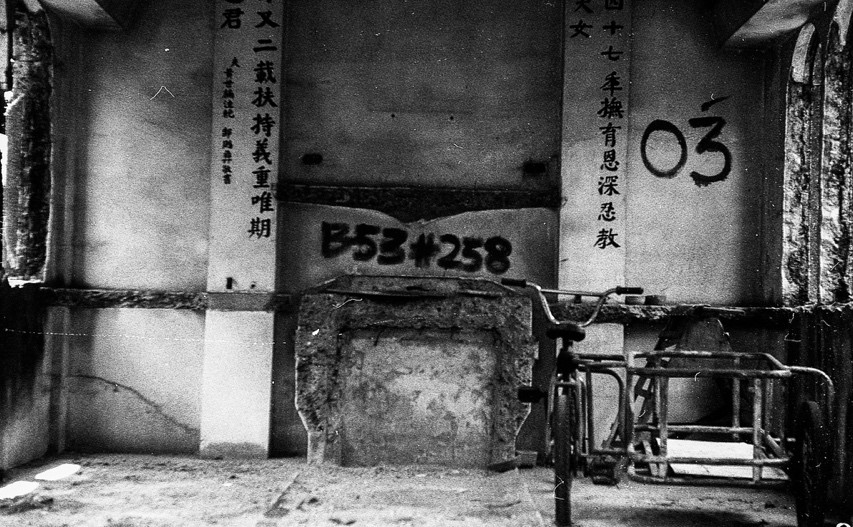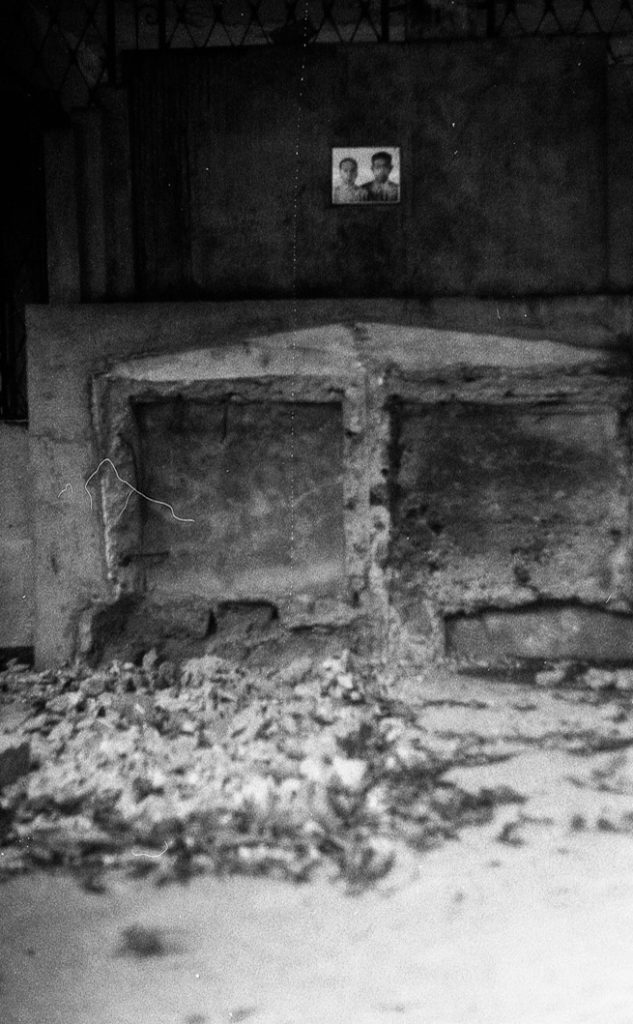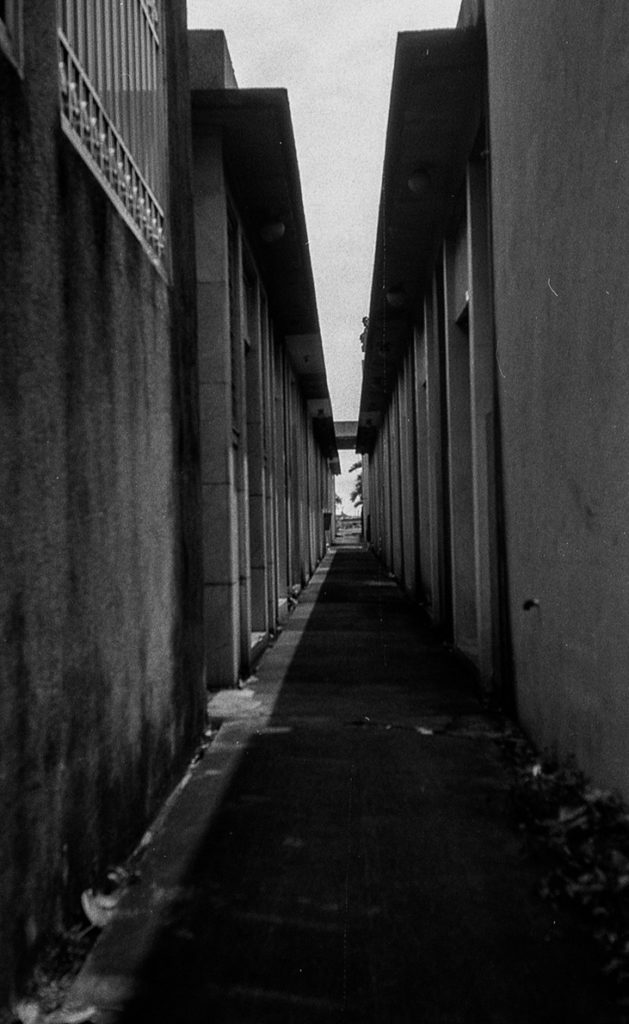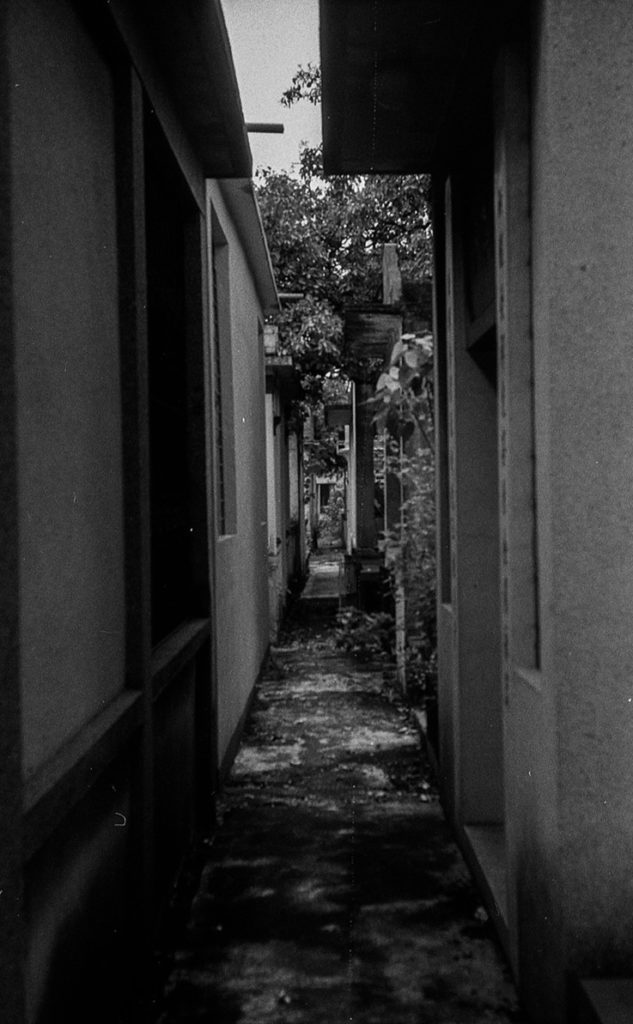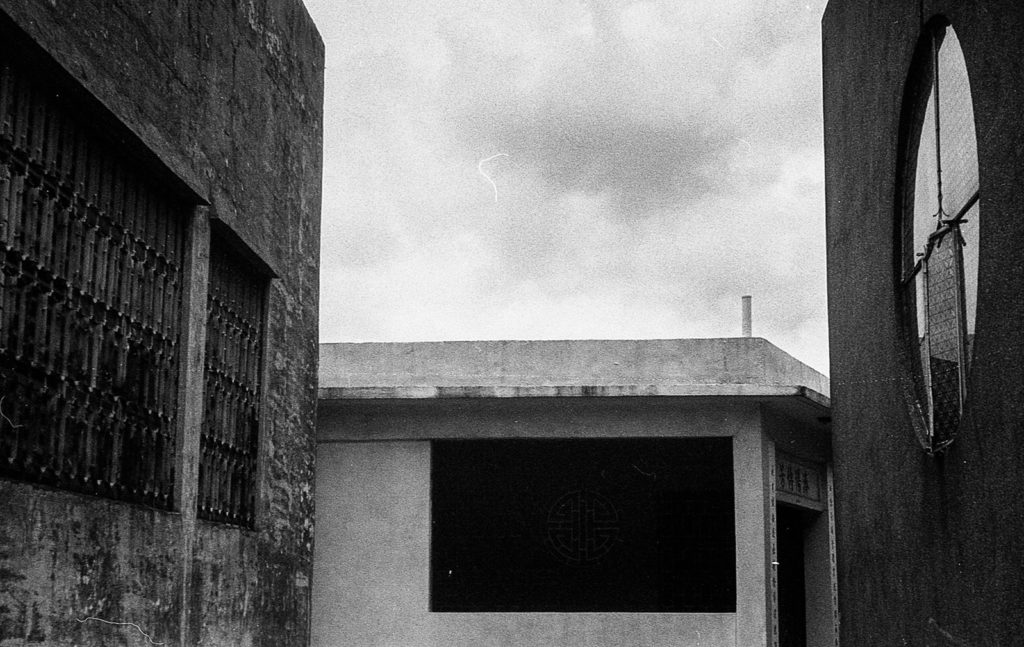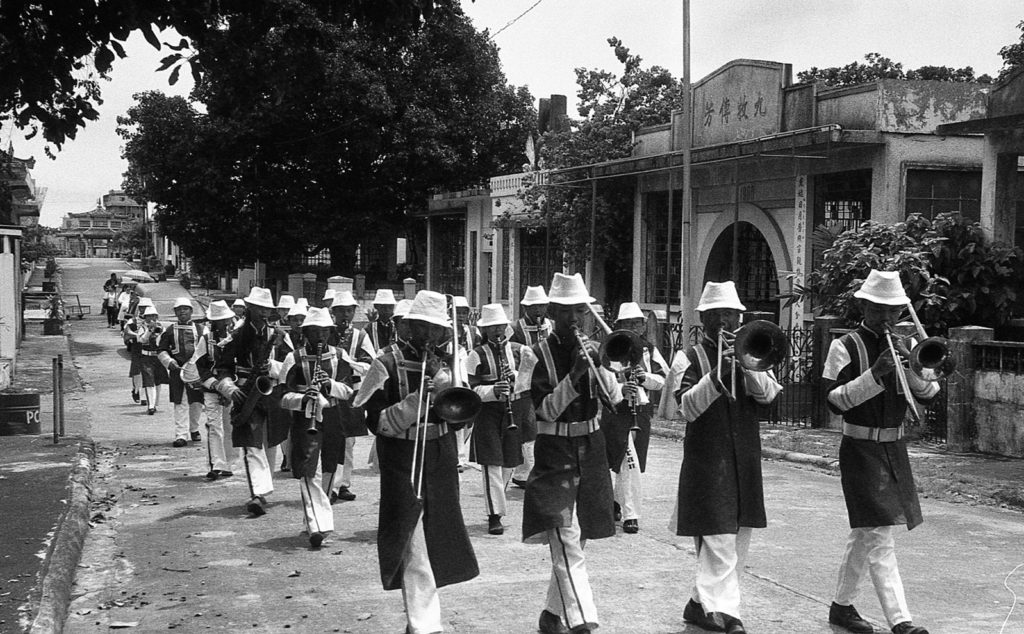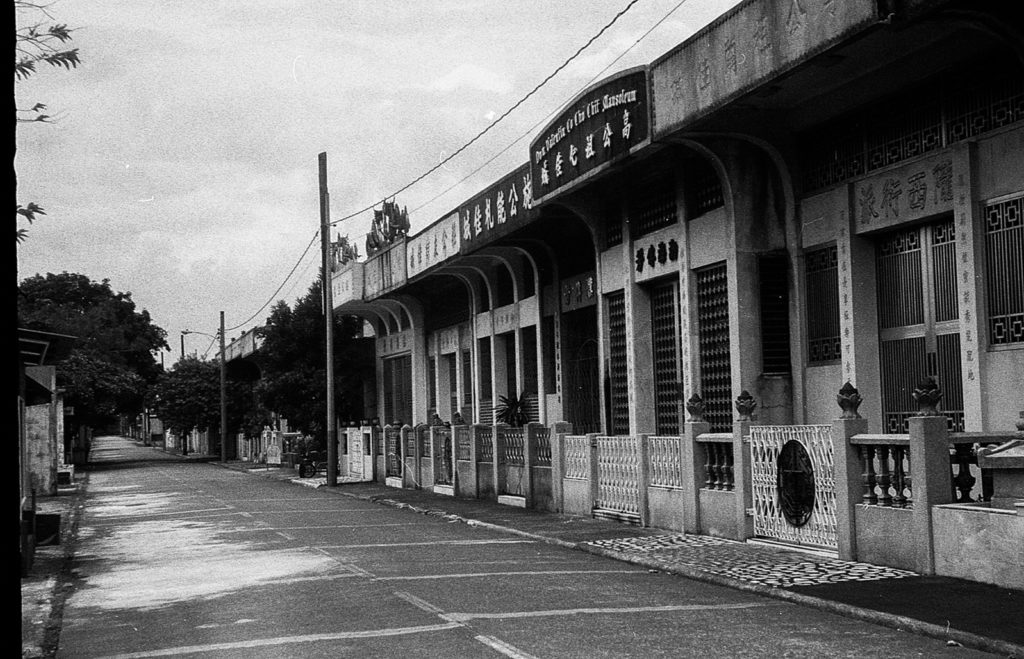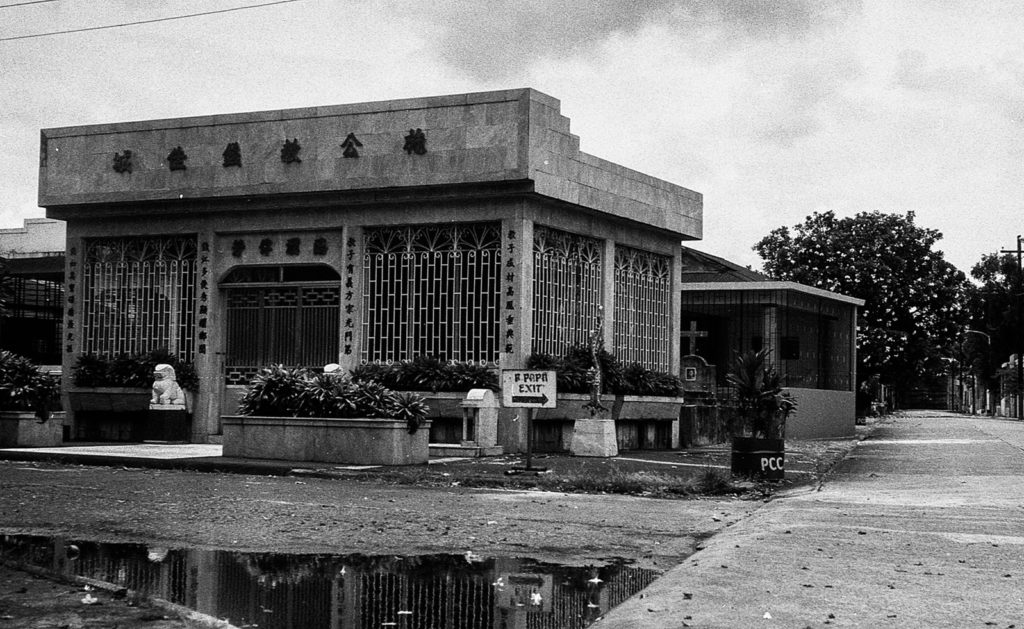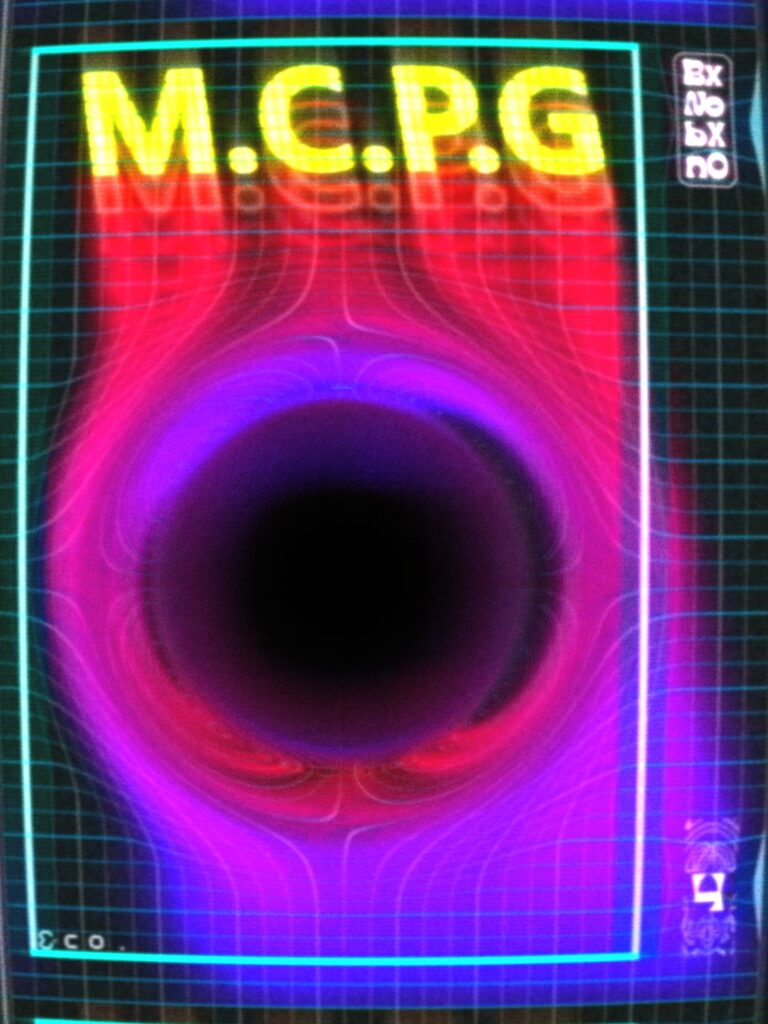Manila, one of the most densely populated cities in the world, is known for its chaotic traffic and sprawling market areas filled with anything you could imagine needing in your day to day life. The city is full of life and energy throughout the day and night as the people go about their lives. It can quickly become quite exhausting when navigating through the maze-like streets filled with shops, stalls, cars and people. So, when I heard about the Chinese Cemetery and its city like design with houses built for the dead, I was intrigued to visit it. What I found was a true necropolis in its literal meaning if I’ve ever seen one, a real city for the dead.
The Chinese Cemetery is the second oldest graveyard in Manila founded in the 19th century since the Chinese non-Christian population was denied burial in the Catholic La Loma cemetery during the Spanish colonial period. Now however many Christians with Chinese heritage decide to be buried here as well creating an intriguing mixture of Confucian, Taoist, Chinese Buddhist and Catholic burial traditions and architectural style ranging from traditional Filipino-Hispanic to Bauhaus and everything in between.
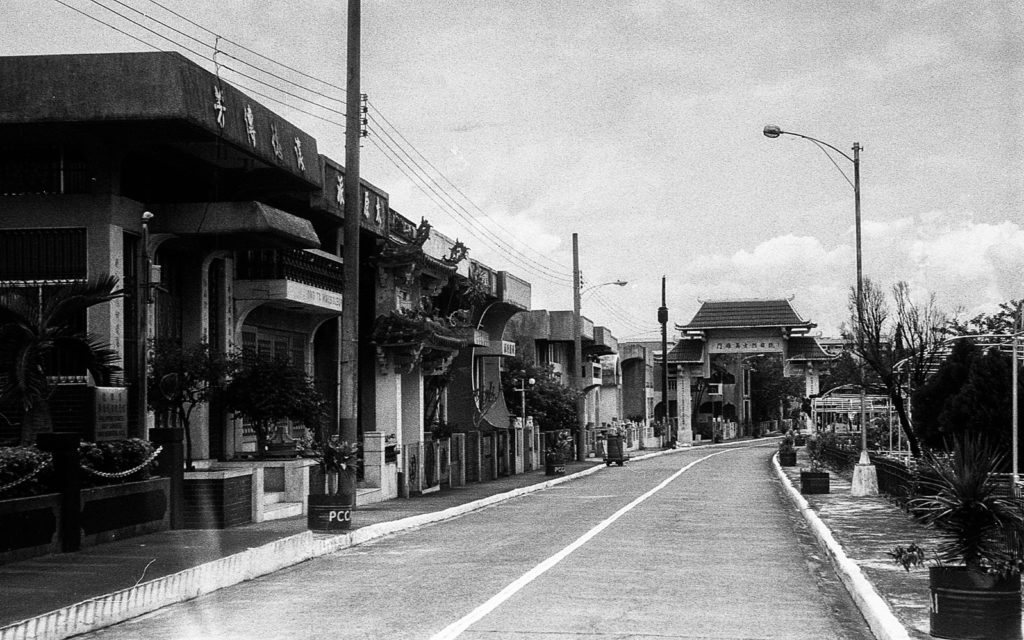
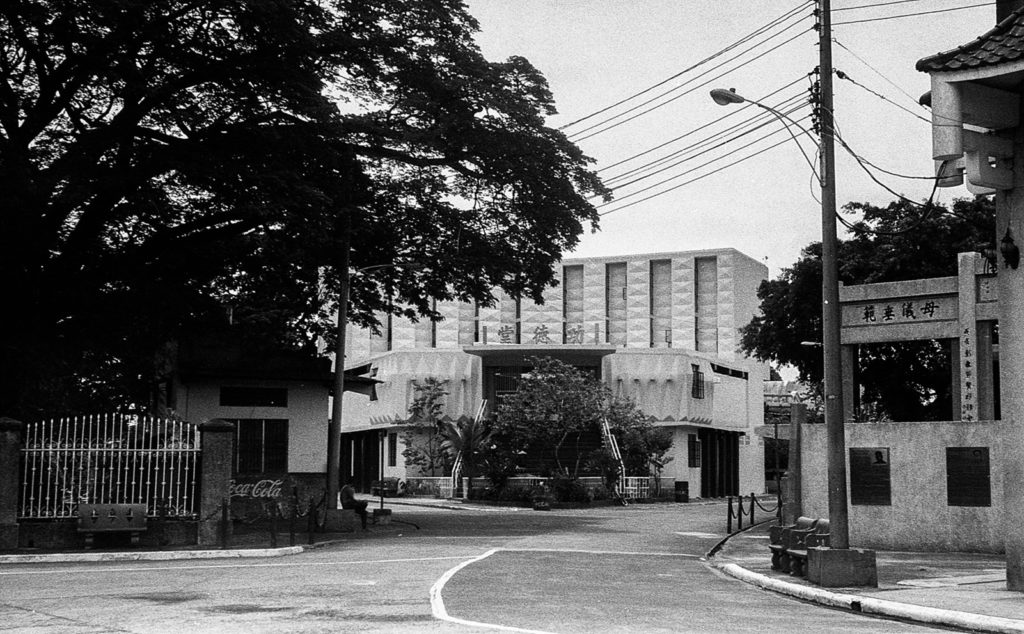
The first thing to notice when you step through the guarded gates and start walking deeper into the graveyard is the overwhelming sense of solitude. It’s quiet, the wide streets are empty and there is no one to be seen anywhere, except few caretakers tending to the plants and making sure that the mausoleums are clean and in good shape.
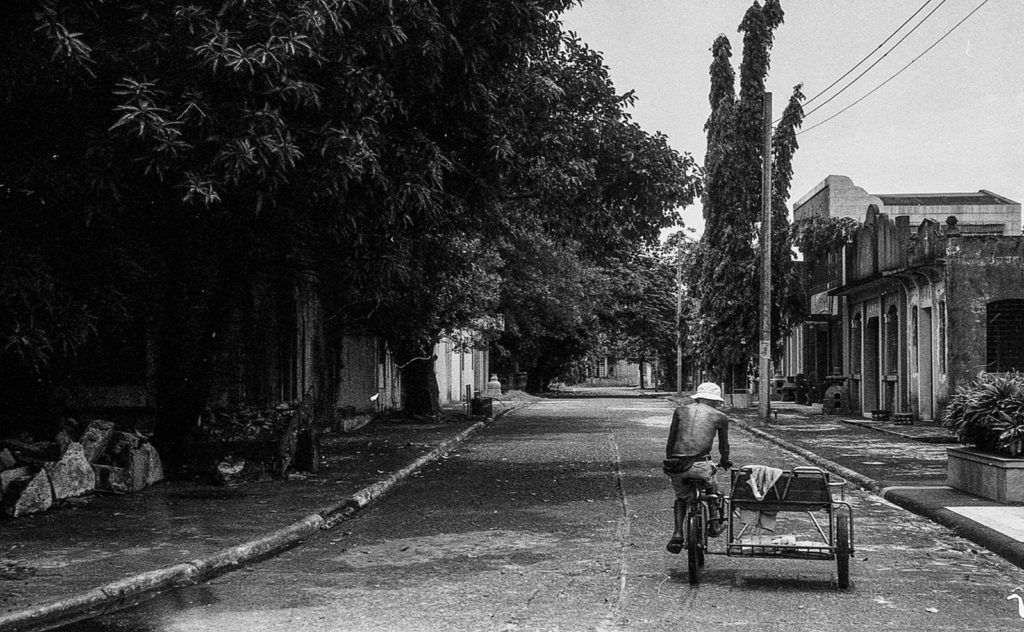
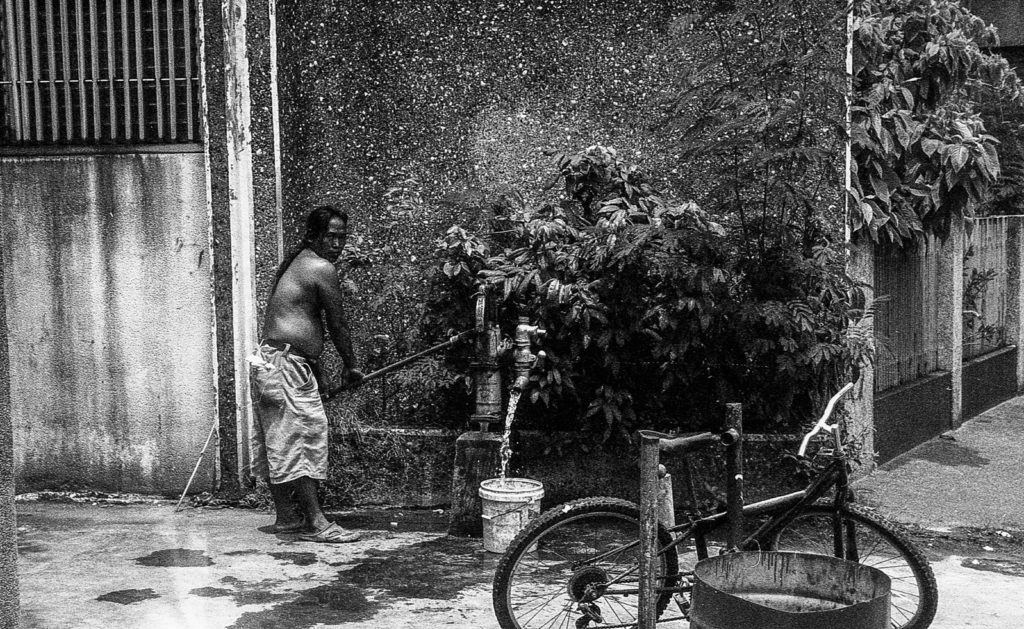
The streets are lined with mausoleums built to look temples, pagodas or houses of which the fanciest ones resembling villas with their two or more stories and marble constructions. Some of them even have the luxuries that we are accustomed in our daily lives like AC, electricity, hot and cold water, TV and even cars for the comfort of the tenants. Some of the mausoleums look so much like regular apartments that the only detail that gives them away as houses for the dead instead of the living are the memorial pictures of the passed ones that can be seen through their high gates and dark windows.
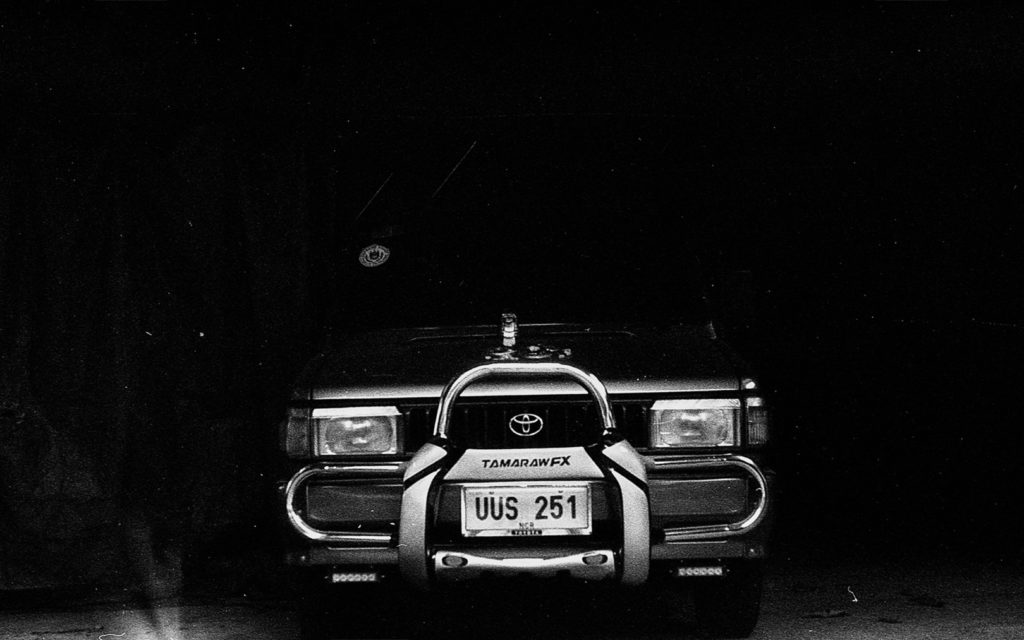
Just like in the cities built for the living, accommodation isn’t free. Rent and upkeep needs to be paid for the buildings and just like with the living, if you fail to pay you can get evicted. The lots are very expensive to purchase, and the leases are only valid for 25 years after which you need to pay again. If the lease expires the remains will be moved away and the mausoleums is left alone and empty waiting for a new family to buy the lot and build their own mausoleum. As you walk amongst the buildings you soon start to notice these evicted mausoleums with their emptied-out graves, and tombs falling into disrepair as the families who once funded the mausoleum can no longer pay for its lease and upkeep.
While the main streets of the cemetery are as wide as regular two-lane streets, as soon as you turn into the paths between the small gaps of mausoleums it’s a whole different world. The buildings are tightly built leaving only small walkways behind them forming labyrinth like narrow corridors sometimes leading to dead ends, secret gardens or back to some other main street.
Suddenly the silence was broken, and faint music could be heard in the distance. The music kept getting louder and louder until a full marching band came into the view. Walking slowly towards us they kept on playing their music. The band, now right next to us was followed by a car carrying a new resident for the cemetery and a small group of mourners walking behind the car. Slowly they passed us and turned to a different street from the next junction, disappearing from our view. After a while the music disappeared as well, only the silence remained, and it was as if nothing had ever happened. Only the empty houses with their empty windows staring at us remained, reminding us that this place was for the dead, not the living. It was time for us to leave.

